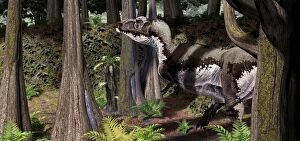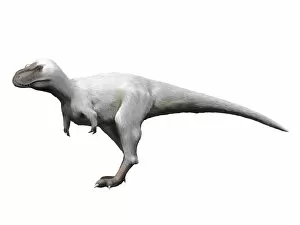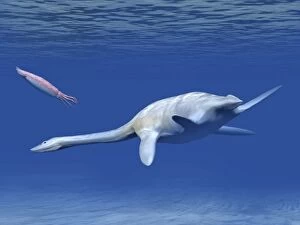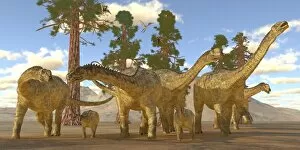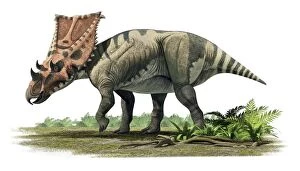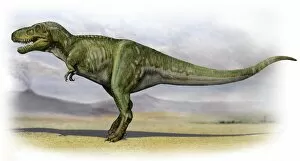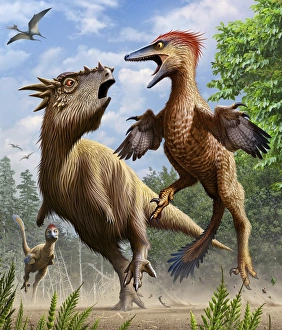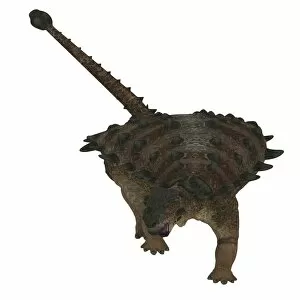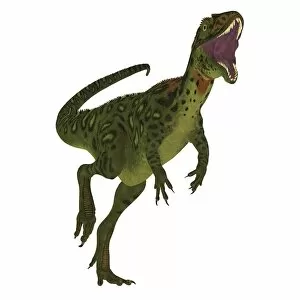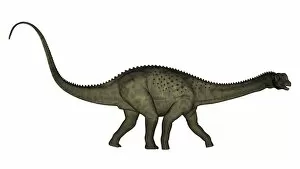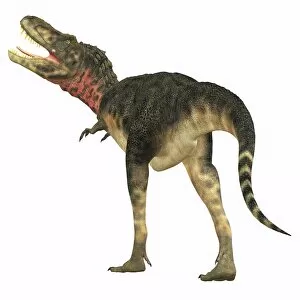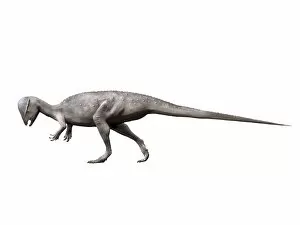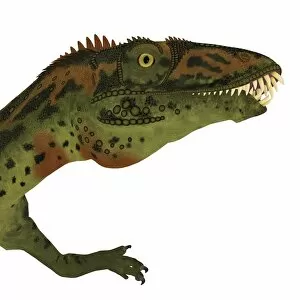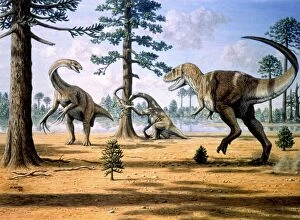Maastrichtian Collection (page 2)
The Maastrichtian period, named after the city of Maastricht in the Netherlands, was a fascinating time in Earth's history
All Professionally Made to Order for Quick Shipping
The Maastrichtian period, named after the city of Maastricht in the Netherlands, was a fascinating time in Earth's history. In 1770, Cuvier discovered the remarkable Mosasaur fossils from this era, shedding light on the ancient marine reptiles that once roamed our oceans. Among them was the fearsome Maastricht Mosasaur, a creature that ruled the seas with its powerful jaws and sleek body. Imagine witnessing a pair of Tarbosaurus dinosaurs hunting for food during this time. These apex predators were relentless as they chased down their prey with lightning speed. In addition to these mighty hunters, there were also agile Gallimimus dinosaurs roaming the land. Picture a pair of Tarbosaurus dinosaurs running towards a Pinacosaurus in an intense pursuit for survival. The earth would tremble under their thunderous footsteps. One can almost hear the deafening roar of a Tarbosaurus dinosaur against a stark white background. Its dominance over its territory is evident as it runs through steam amidst Tamarix plants, creating an awe-inspiring sight. But not all encounters ended well for these formidable creatures. A female Saurolophus attempted to crush a Tarchia armored dinosaur but faced resistance from its sturdy armor. Such clashes between different species shaped life during this period. Tarbosaurus often surprised herds of Saurolophus dinosaurs while searching for their next meal. Their stealthy approach sent shivers down their prey's spines before unleashing chaos upon them, and is important to note that Tarbosaurus was just one among many theropod dinosaurs thriving during this Late Cretaceous period. Jane serves as an extraordinary fossil specimen representing small tyrannosaurid dinosaurs from this era. To put things into perspective, let's compare Giganotosaurus carolinii and Tyrannosaurus rex - two giants who lived millions of years apart but shared a similar body size.





